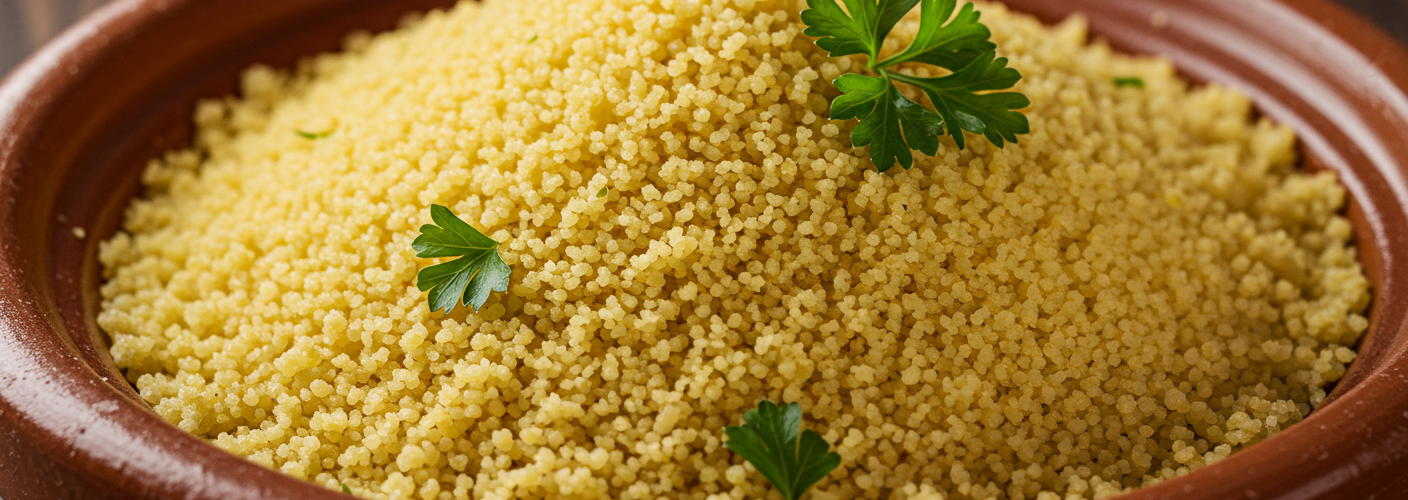If there’s one dish that embodies the essence of Moroccan culture and cuisine, it is undoubtedly couscous. While often used as a mere side dish in Western cooking, Moroccan couscous deserves recognition as a star player in its own right. These small granules of steamed and dried durum wheat are not only versatile but also rich in history and flavor.
Couscous has served as a staple across North Africa for centuries. Traditionally made by hand, the process involves rolling moistened wheat flour into tiny pellets that are then steamed over simmering meats and vegetables. This traditional method, called “laft,” results in a light and fluffy texture that is uniquely satisfying. Today, however, most couscous found in grocery stores is pre-steamed, making it a quick-cooking option for modern kitchens while still retaining its authentic character.
When we think of Moroccan couscous, it’s crucial to consider its versatility in culinary applications. At the heart of Moroccan cuisine, couscous can be a base for a variety of dishes, serving as an ideal canvas for robust flavors and ingredients. Whether paired with vegetables, meats, or seafood, it has the unique ability to absorb aromatic spices and sauces, making every bite an adventure.
In the context of a traditional Moroccan dish, couscous is often served with a flavorful stew known as “tagine.” This dish typically includes a medley of ingredients such as chicken, lamb, or vegetables slow-cooked with spices like cumin, coriander, and cinnamon. The couscous absorbs the savory juices of the stew, creating a harmonious blend of flavors. For those looking to explore vegetarian options, a simple vegetable tagine or even a combination of chickpeas and tomatoes can elevate couscous into a satisfying and nutritious meal.
Moreover, Moroccan couscous is an ideal choice for salads, particularly during warm weather. Tossing it with fresh vegetables, herbs, and a zesty dressing can yield a vibrant and refreshing dish that is perfect for picnics or barbecues. Ingredients like ripe tomatoes, crisp cucumbers, and fragrant mint come together beautifully, showcasing the couscous’s ability to adapt to various flavor profiles.
Not only is Moroccan couscous delicious, but it also carries notable health benefits. As a whole grain, couscous is a source of fiber, which is essential for digestive health and helps promote a feeling of fullness. Additionally, it’s rich in protein, making it a fantastic option for those looking to maintain a balanced diet.
When it comes to preparing couscous, the methods are as diverse as the dishes it complements. Depending on personal preference, couscous can be steamed, boiled, or even baked, each method imparting a slightly different texture. For quick and easy meals, instant couscous can simply be combined with boiling water and let it hydrate for just a few minutes, ensuring it is a convenient pantry staple.
In conclusion, Moroccan couscous is more than just a grain; it is a culinary staple that brings a taste of North Africa to our tables. Its adaptability in a plethora of dishes, coupled with its historical significance and health benefits, cements its status as a beloved ingredient. Whether you’re preparing a traditional tagine or crafting a vibrant couscous salad, this humble grain is sure to impress and satisfy, proving that simplicity can be the heart of great cooking.




Add comment